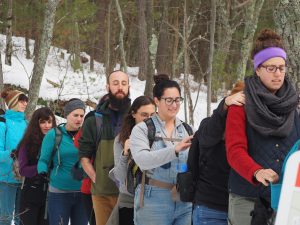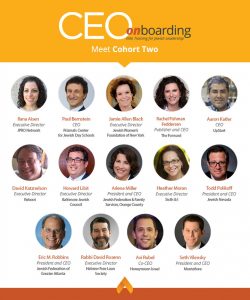In 2015, Moishe House (MH) began implementing a new pilot program designed to explore a model for engagement. Premised on peer-led retreats, Jewish young adults attend a weekend training called Retreatology: The Art of Jewish Retreat Making. Following their training, they then facilitate their own Jewish learning retreat—grounded in Jewish learning, Jewish values, and personal interests—for a group of their peers. MH provides facilitators with a mentor and a grant for up to $5,000 to create an immersive learning experience to assist in the planning and execution.
MH and the Jim Joseph Foundation, one of MH’s major funders, recognized the program merited a more substantive evaluation than just the standard feedback survey, but MH lacked the capacity to hire an external evaluator. Fortunately, the Foundation also wanted to learn from this program and has a member of its team with previous research experience. Thus, the two organizations embarked on a new experiment: a small-scale program evaluation conducted by a representative of the Foundation on behalf of the grantee.
Building and Maintaining Trust Between Funder and Grantee Partner
The two organizations maintained close and open communication throughout each step of the process, from determining the methodology to drafting the final report. Undoubtedly, MH staff had questions and fears as it related to handing the reins of its evaluation over to an important funding partner. Would it be awkward for interviewees to speak directly with a representative from the Foundation? How would it feel for MH to have its funder collecting feedback, both positive and negative, directly from its participants? Would the funder lens stifle the ability to generate actionable recommendations? What are the funder’s expectations of the findings? Due to the strong preexisting relationship between MH and the Foundation, both parties felt comfortable discussing these questions and hesitations openly and honestly, enabling the partnership to move forward.
The Evaluation Process
The Foundation conducted a review of existing formative assessments including: evaluation surveys (internally conducted via SurveyMonkey) and grant reports. Following the collection of this information, the Foundation drafted an interview protocol, which was reviewed by MH and the Maimonides Fund, the program’s visionary and primary funder. MH provided names and contact information of Peer-Led Retreat facilitators with varying levels of MH engagement. Over the course of two months, the Foundation contacted these facilitators and conducted five phone interviews, along with two additional interviews with retreat participants. Following the interviews, the Foundation analyzed the data and prepared a preliminary report of highlights and insights.
Substantive Learnings
The collaborative process not only provided MH and the Foundation with programmatic feedback, but many of the looming questions and hesitations regarding the process’s impact on the funder-grantee relationship had been easily identified and resolved due to the open communication and mutual respect the organizations shared. It should be noted that this relationship had developed over eight years of relational grantmaking and this history plays a crucial part in the success of this experiment. Without a solid foundation of trust, the organizations’ ability and willingness to be bold, yet humble, in facing the harder topics would have been a much greater challenge. Key learnings included:
- Interviewees were happy to participate and felt comfortable providing honest feedback. Interviewees appreciated the opportunity to speak directly with funders of an organization and program to which they are committed.
- Hearing directly from the participants helped increase the Foundation’s understanding of and appreciation for this program and the opportunity it presents for MH.
- The Foundation appreciated the opportunity to speak directly with its grantee’s program participants instead of through the veneer of a grant report.
- The process strengthened the funder-grantee relationship at different levels of each of the organizations. The strength of this relationship is significant and can have important ramifications for both parties when working together, especially when involving multi-year grants.
Partnering on this evaluation brought about several recommendations for program improvement, as well as questions for MH to consider when adapting and scaling the Peer-Led Retreat program. As a result, MH has spent more time investing in the following projects: financial streamlining, international access to Retreatology trainings, creating a cohort of Peer-Led Retreat mentors, exploring value propositions, and telling the Peer-Led Retreat facilitators’ stories. For those who are interested, we are pleased to share the report here.
Conducting this small-scale program evaluation brought MH and the Foundation into uncharted waters, but ultimately proved to be a beneficial experience for both organizations. When funders and grantees are able to develop open and honest communication, both the relationship and their programs are strengthened by new and shared insights. Following this experiment, both organizations realize the significance of this partnership and are looking forward to exploring other ways to collaborate and combine their respective expertise.



 For funders who are uncomfortable with the risks associated with innovation and experimentation there is still room to meaningfully contribute. This can be achieved by supporting knowledge management and best practices about effective solutions. And also by actively participating in mobilization of resources for scaling and sustaining successful innovations.
For funders who are uncomfortable with the risks associated with innovation and experimentation there is still room to meaningfully contribute. This can be achieved by supporting knowledge management and best practices about effective solutions. And also by actively participating in mobilization of resources for scaling and sustaining successful innovations.




 Building knowledge for the ecosystem
Building knowledge for the ecosystem





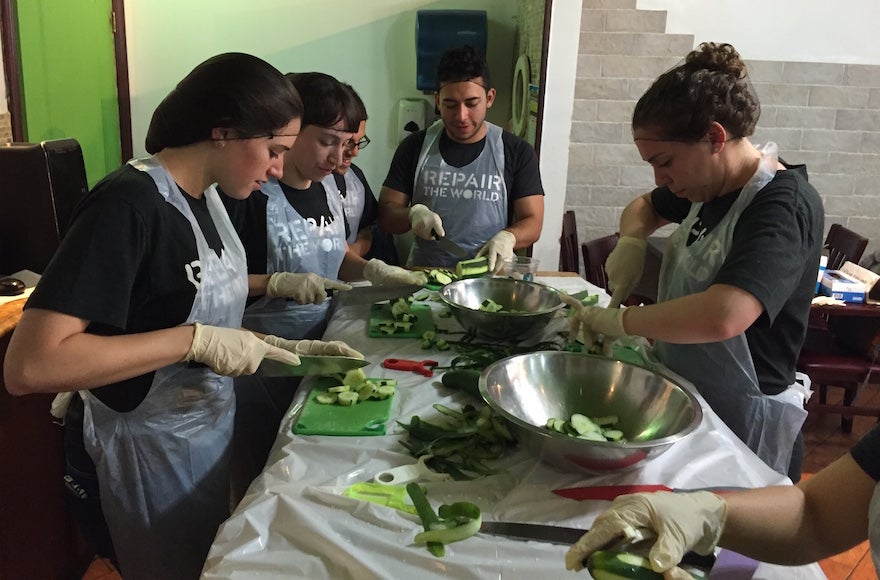

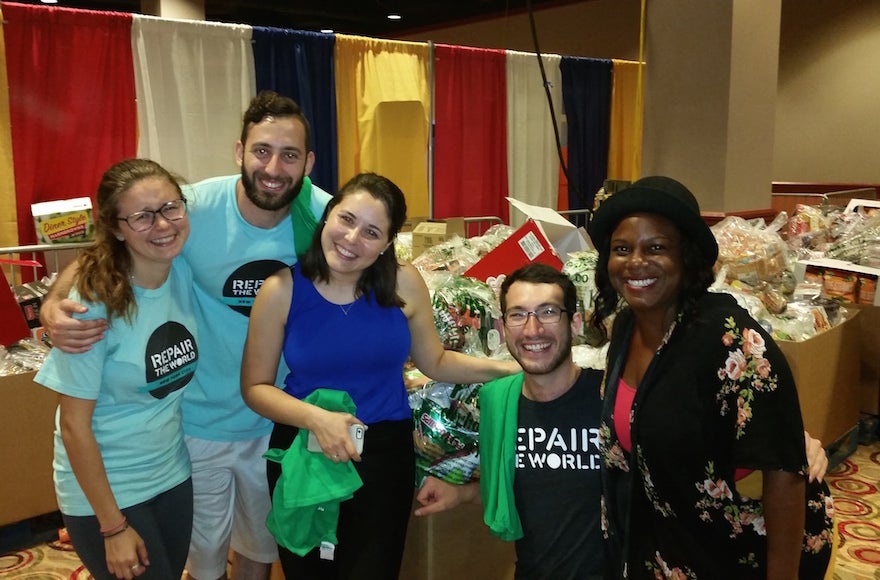


 programming languages, the database, the web server – were available to me for free and allowed me to build new software on top of them. The first text I added to the Sefaria database was the 1917 JPS translation of Tanakh, which is in the public domain, followed by texts of Mishnah, Talmud and others copied from Wikisource, a project of the Wikimedia Foundation that releases all their content with Creative Commons licenses. These licenses provide a legal framework for authors to effectively donate their work to the public domain, while offering a few options for restrictions such as a requirement to provide attribution.
programming languages, the database, the web server – were available to me for free and allowed me to build new software on top of them. The first text I added to the Sefaria database was the 1917 JPS translation of Tanakh, which is in the public domain, followed by texts of Mishnah, Talmud and others copied from Wikisource, a project of the Wikimedia Foundation that releases all their content with Creative Commons licenses. These licenses provide a legal framework for authors to effectively donate their work to the public domain, while offering a few options for restrictions such as a requirement to provide attribution.


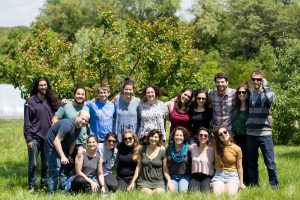 are gaining the skills to create and deliver JOFEE programs infused with rich meaning and learning. And with an estimated hundreds of thousands of participants now engaging in JOFEE annually, there is a need for even more talented leaders and educators in the field.
are gaining the skills to create and deliver JOFEE programs infused with rich meaning and learning. And with an estimated hundreds of thousands of participants now engaging in JOFEE annually, there is a need for even more talented leaders and educators in the field.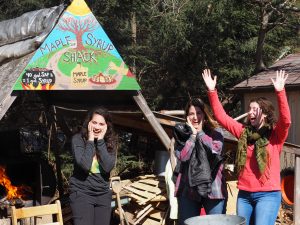 Just a sampling of some of the programs created by Fellows include “Havdallah & Moon Celebration at the Farm,” “Israel Hike & Bike Trip for Young Professionals,” “Avodat Lev (morning prayers) and Jewish text study at San Quentin Prison,” and over 20 Sukkot-related programs and Tu Bishvat seders for youth, teens, young adults, and families. Many Fellows from Cohort 1 still work in JOFEE, continuing to create programming and often times taking on greater leadership roles within their organizations.
Just a sampling of some of the programs created by Fellows include “Havdallah & Moon Celebration at the Farm,” “Israel Hike & Bike Trip for Young Professionals,” “Avodat Lev (morning prayers) and Jewish text study at San Quentin Prison,” and over 20 Sukkot-related programs and Tu Bishvat seders for youth, teens, young adults, and families. Many Fellows from Cohort 1 still work in JOFEE, continuing to create programming and often times taking on greater leadership roles within their organizations.